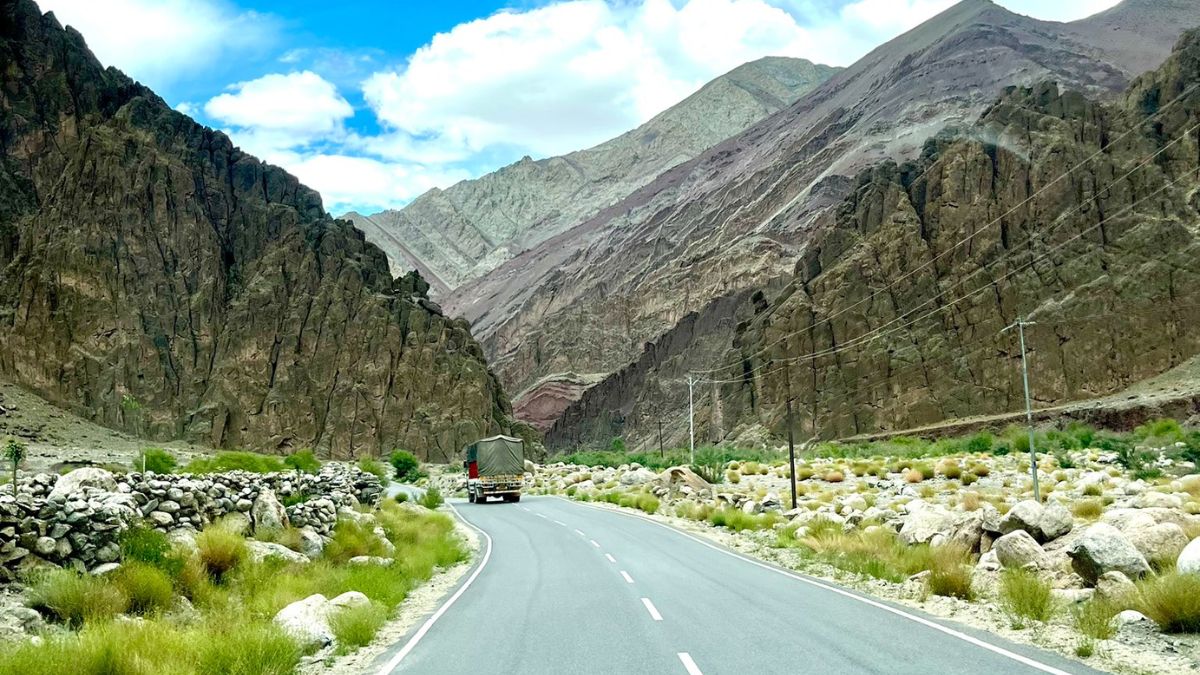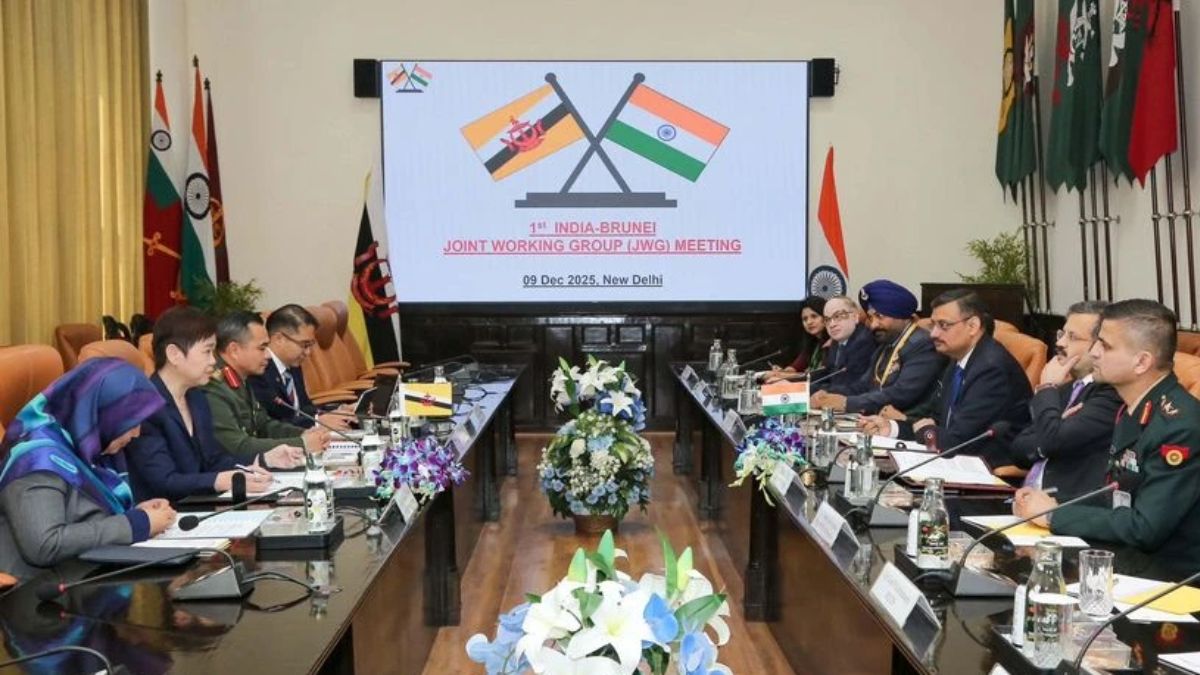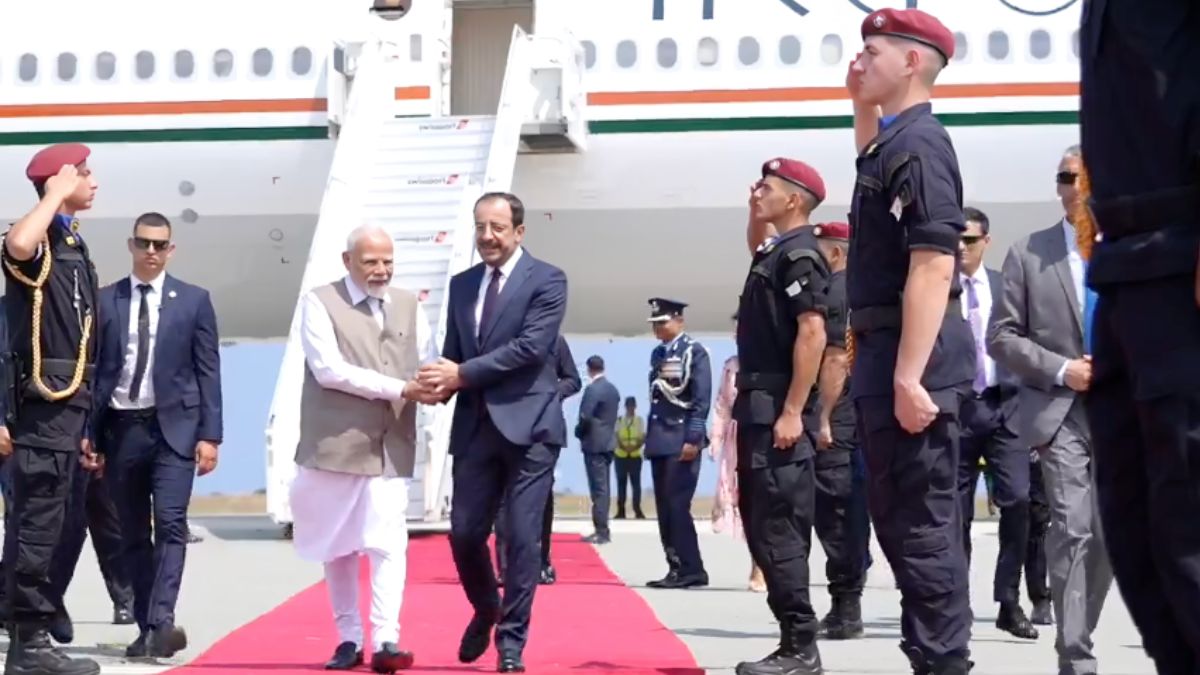India Boosts Himalayan Military Access With New Road Links to DBO, Nyoma Air Base Upgrade

A major infrastructure drive to bolster military mobility along the Himalayan frontier with China is underway. Image courtesy: X.com/@ShivrattanDhil1
India is undertaking a major infrastructure drive to bolster military mobility and surveillance along the Himalayan frontier with China. The two-pronged effort involves the development of a new all-weather road to the Daulat Beg Oldie (DBO) outpost and the accelerated upgrade of the Indian Air Force’s (IAF) strategic base at Nyoma in eastern Ladakh.
Both initiatives are to ensure that all forward Army posts across the Line of Actual Control (LAC) receive road access in five years’ time. The campaign points to a determined response to Chinese military activity along the frontier, where terrain and altitude have historically constrained Indian troop movement and logistics.
What is the progress on the new road to Daulat Beg Oldie?
Construction of the 130-kilometre alternative road to DBO is nearing completion. The Border Roads Organisation (BRO) is aiming for full operational readiness by October–November 2026. The route connects Sasoma in the Nubra Valley to DBO via Saser Brangsa, Murgo and Gapshan, covering some of the most inhospitable terrain in the region. DBO lies just a few kilometres from the LAC and overlooks the strategically significant Karakoram Pass.
Approximately 60–70% of the work east of Saser Brangsa has been completed, including black-topping of key segments. The road has already withstood trial movements of heavy military equipment, such as Bofors artillery guns, to assess its load-bearing capacity. A proposed seven-kilometre tunnel under the 17,660-feet-high Saser La will boost all-weather access to this critical sector even more.
Unlike the older Darbuk–Shyok–DBO road, which runs closer to the LAC and remains observable by Chinese forces, the new alignment offers greater concealment of Indian military movements, reducing strategic vulnerability during mobilisation.
How will the Nyoma air base enhance India’s air capabilities in Ladakh?
Located at 13,700 feet and just 30 kilometres from the LAC, Nyoma is being developed as the fourth fully operational IAF base in Ladakh, joining Leh, Kargil and Thoise. The mud runway at Nyoma was converted into a paved strip in 2023, and the remaining construction is expected to conclude by October this year.
The upgraded facility will support aircraft launch and recovery operations, minor maintenance, radar installations, and personnel accommodations. Given its proximity to the LAC and its position on the banks of the Indus, Nyoma will offer the IAF a rapid-response platform in the event of any confrontation or crisis. Winter temperatures in the region routinely fall below -20°C, demanding robust infrastructure for continuous operations.
The air base will supplement India’s forward deployment capabilities, especially in the wake of border tensions with China since 2020. Other nearby landing grounds, such as those at Daulat Beg Oldie, Chushul and Fukche, are limited in utility due to surface constraints or proximity to the LAC.
What is India’s long-term infrastructure plan for the LAC region?
India aims to ensure road connectivity to every forward Army post along the LAC within five years, replacing routes that previously required foot patrols. “There would be no portion of the border where we will not be able to deploy,” said BRO Director General Lt Gen Raghu Srinivasan. In Arunachal Pradesh, BRO is constructing two key highways to link the state’s remote valleys, ensuring lateral movement across the eastern sector.
Projects like the Shinkun La tunnel, poised to become the world’s highest, are central to India’s goal of achieving all-weather access to Ladakh. When complete, it will provide a third access route from Himachal Pradesh, easing logistical constraints and reinforcing military readiness.







